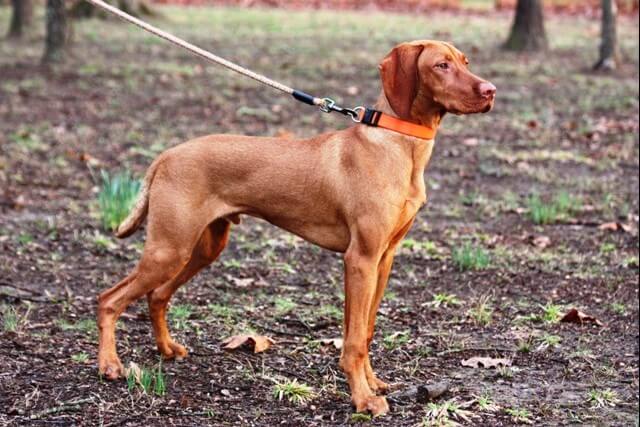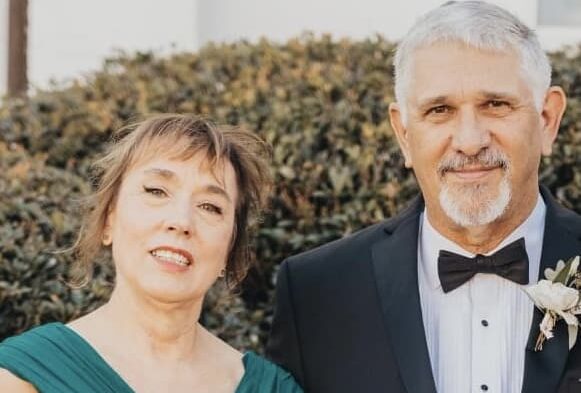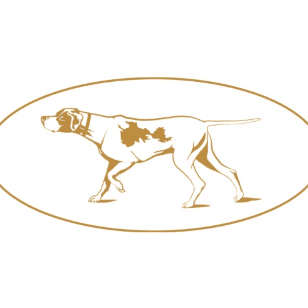


Home » Meet Walter Sommerfelt – Working Group AKC Judge

Interview with Walter Sommerfelt, Working Group AKC Judge
Walter Sommerfelt: I live in Lenoir City, Tennessee. I have been involved in dogs for 50 years and have been judging for 37 years.
Walter Sommerfelt: My original breed was the Old English Sheepdog, which, at the time I started, was a member of the Working Group. Our kennel name is Lorac.

Walter Sommerfelt: I have had the privilege to have judged numerous Specialties in breeds within the Working Group.
Walter Sommerfelt: The Working Group breeds were bred to do a job and to be a true asset to their owners as they performed their tasks.
Walter Sommerfelt: In all breeds there are breed-specific hallmarks that help to differentiate one breed from the other. Understanding and applying your knowledge of the standard is what judging is all about. There is a great deal of diversity within the Working Group.
Each one of these breeds was bred to do a variety of tasks. All of them are protective guardians of the people and the property of their families. There are sled dogs, drovers, and drivers. Some pull carts while others are used as swimmers and divers. Many are used in search and rescue. Some are short-coated while others have protective coats that allow them to work in different climates and terrain.
They can have a great variation in size, from the smaller Standard Schnauzer and German Pinscher to the “Apollo of Dogs,” the Great Dane. They range in body types from the clean, sleek look of the square Doberman Pinscher to the look of the ancient breed appearance of the Neapolitan Mastiff.
Some have unique features that are important to the breed: the smile, pigment, and expression of the Samoyed; the medium, large, robust, and powerful appearance of the Rottweiler; the powerful and massive head of the Saint Bernard; the hooded ears of the Akita; the wrinkles, head, and mass of the Neapolitan Mastiff; the large, well-knit frame, and the impression of grandeur and dignity of the Mastiff; the heavy, white cords of the Komondor; and the square body and finely chiseled head of the Boxer are but a few examples of the differences between each of the breeds in the Group.
Walter Sommerfelt: Most exhibitors do a very good job in the presentation of their breeds. The biggest complaint I have in the overall presentation of the breeds is the handlers who do not spend the time and effort to be able to show the bite, as required, to the judge.
Walter Sommerfelt: Dividing the Groups is a topic that comes along every so often. While I can see the need at some of the larger shows, I do not feel it is warranted. The problem as I see it is not the size of the Groups but rather the fast acceleration of new breeds being advanced from the Miscellaneous Class to regular status.
In my opinion, since nearly 50 pecent of all breeds are now considered “low entry” breeds, I would form a special Group called the Diversity Group. All new breeds would be allowed to actually earn a championship from this Group. I would then not move them into one of the regular Groups until such time that the entries in the breed were sufficient to advance them from the “Low Entry” category to regular Group status.
I would not remove any of the current breeds from their current Groups, but at least this way the new breeds would be able to become champions while encouraging more people in their breeds to grow their base to achieve “Group Inclusion” moving forward. (When you look at the recent history of new breeds, many of them are still considered “low entry” breeds.) This way, AKC could recognize the new breeds while allowing them to grow in numbers.
Walter Sommerfelt: Adding breeds to the resume of judges has changed a great deal since I started judging in 1985. For those of us who came up through the one-for-one system, advancement was slow; however, I think we were better prepared as we moved on.
Today we have many judges who seem to judge generically because they don’t seem to grasp the importance of “breed type.” Most judges can recognize proportion and movement, but it’s the good ones who understand proper type and award it. Others seem to go by “pretty” or “showy.” So, my advice is to find good mentors and to continue to use them even after you have been approved. Each assignment is an opportunity to continue to learn and refine your knowledge in the breeds.
Walter Sommerfelt: I think every breed is a challenge because, on many occasions, your perception of what that breed should be is not always present. While in almost every case you can tell which breed it is, you do not always have those virtues and characteristics that separate it from others. Exhibitors need to have good mentors who will help them and teach them how to not only present their dogs properly but also how to assess their own dogs honestly.
Exhibitors need to have good mentors who will help them and teach them how to not only present their dogs properly but also how to assess their own dogs honestly.
Walter Sommerfelt: There are many breeds that I could share my life with. I think it would all depend upon where I was in my life’s journey regarding my health and living arrangements, and then choose accordingly.

Walter Sommerfelt: I have been fortunate to have owned dogs in all seven Groups during my life; my favorites being Vizslas, Old English Sheepdogs, and Pointers. If I had to choose just one, it would probably be the Vizsla because of the versatility and devotion to their owners.
Walter Sommerfelt: I was judging Great Danes at a show in the Midwest where a rather large lady was showing her dog while wearing elastic pants that were falling down when she was on the go-round. When she stopped to set up her dog, the pants fell to her ankles, and there she stood with her granny panties on while she desperately worked to pull her pants back up.
Meet Walter Sommerfelt – Working Group AKC Judge
